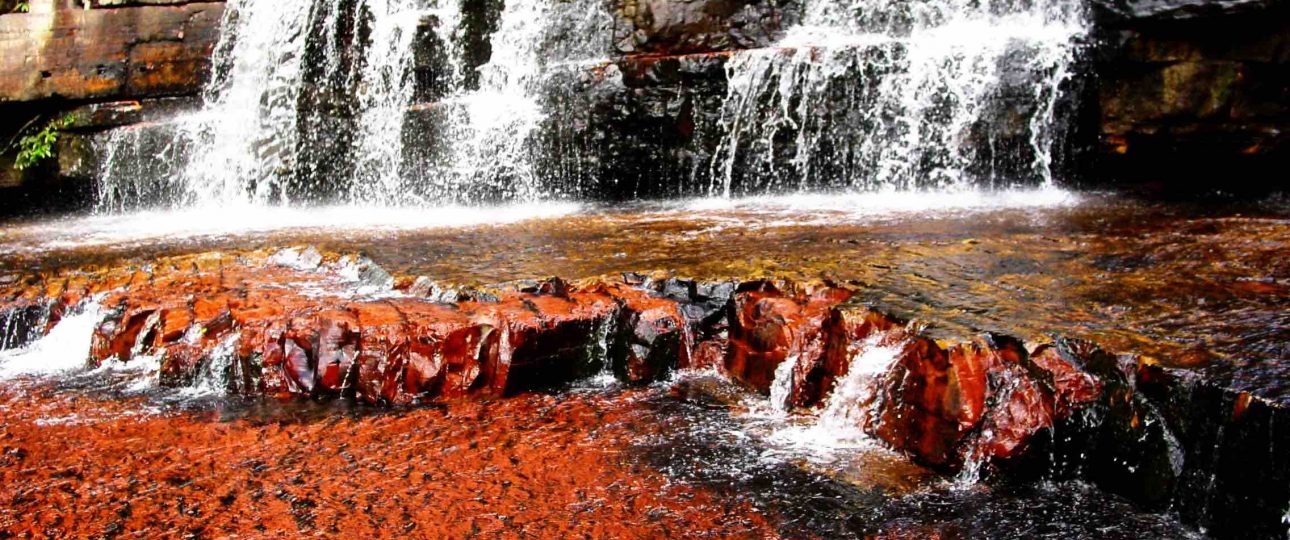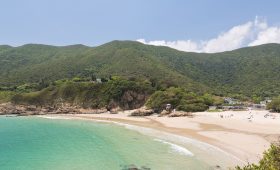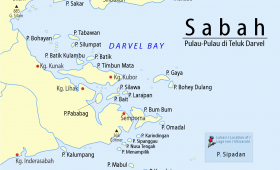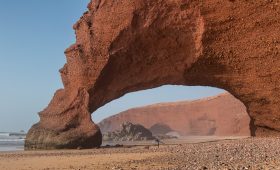Exploring the Gran Sabana
Gran Sabana, part of the expansive Canaima National Park in Venezuela, offers a landscape unlike any other. This region, protected as a World Heritage Site, is known for its unique geological formations, diverse ecosystems, and rich cultural history. Let’s delve into what makes Gran Sabana a fascinating destination.
The Unique Wonders of Gran Sabana
Gran Sabana is home to a variety of natural wonders, from its ancient geological formations to its vibrant ecosystems. Here are some highlights:
The Majestic Tepuis
Gran Sabana is famous for its tepuis, which are flat-topped mountains with sheer cliffs. These formations are part of the Guyana Shield, one of the world’s oldest geological formations, dating back over two billion years. The most renowned of these is Mount Roraima, standing at approximately 2,800 meters (9,100 feet). Its unique ecosystem has evolved in isolation, making it a point of interest for both scientists and adventurers.
Angel Falls
Angel Falls, the world’s highest waterfall, cascades from Auyan Tepui. It plunges 979 meters (3,212 feet) and is a breathtaking sight, especially during the rainy season when the water flow is at its peak. The falls are named after Jimmie Angel, the American aviator who first flew over them in 1933.
The Lost World
The landscapes of Gran Sabana are reminiscent of the prehistoric world described by Sir Arthur Conan Doyle in his novel “The Lost World.” The tepuis and their isolated ecosystems inspired the idea of a land where time stands still, with species that have evolved independently over millennia.
Best Time to Visit
The ideal time to visit Gran Sabana depends on your interests. The dry season, from December to April, offers clear skies and pleasant temperatures, perfect for hiking and exploring. However, if you want to see Angel Falls at its most impressive, plan your visit during the rainy season, from May to November, when the waterfalls are at their fullest.
How to Get There
Reaching Gran Sabana involves a bit of planning. Fly into Simón Bolívar International Airport in Caracas, then take a domestic flight to Ciudad Bolívar or Ciudad Guayana. From there, you can either fly to Santa Elena de Uairén or drive along the main highway (BR-174) that connects these towns to Brazil. Buses also run this route regularly.
Local Transportation
Once in Gran Sabana, exploring the region is best done with a local guide. Many areas, such as Roraima Tepui, require hiring a native guide due to indigenous regulations. Guided tours provide valuable insights into the area’s history and culture. For those who prefer independence, renting a high-clearance vehicle is an option, but be prepared for challenging roads.
Summary
- Gran Sabana is part of Canaima National Park, a World Heritage Site in Venezuela.
- It features unique geological formations like tepuis and Angel Falls, the world’s highest waterfall.
- The region’s landscapes inspired Sir Arthur Conan Doyle’s “The Lost World.”
- Visit during the dry season (December to April) for clear weather or the rainy season (May to November) to see the waterfalls at their peak.
- Access Gran Sabana via flights to Ciudad Bolívar or Ciudad Guayana, then continue by road or air to Santa Elena de Uairén.
- Local exploration is best done with a guide, and some areas require hiring one due to indigenous regulations.




